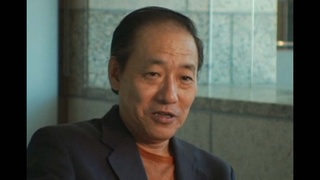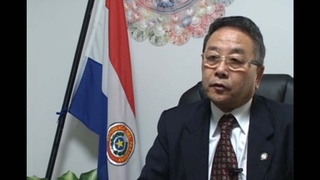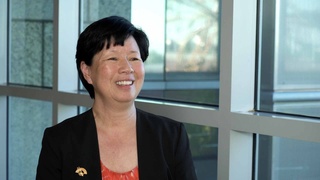Interviews
Getting along with "Jichan" and "Bachan"
This thing of skipping a generation, I think as Sanseis we began to look more not at what the Niseis did but what the Isseis did. We wanted to communicate with jichan and bachan and found out that there was a very rich culture there where maybe the Isseis really didn’t transfer that or the Niseis didn’t pick up on it. Maybe they were too close, and they hated the parents because they were so strict. Any number of things where, as Sansei kids, maybe we were more spoiled by grandparents. So we have a closer relationship, and we want to know more. It was also this thing of finding more identity, who we are. This maybe be stereotype, but I think Asians do have a certain aesthetic sense. I think it comes from growing up in house where art things are around—calligraphy, pottery, baskets and bamboo things are displayed and used every day. They have function and beauty. It’s part of growing up, maybe.
Date: December 10, 2004
Location: California, US
Interviewer: Art Hansen, Sojin Kim
Contributed by: Watase Media Arts Center, Japanese American National Museum







